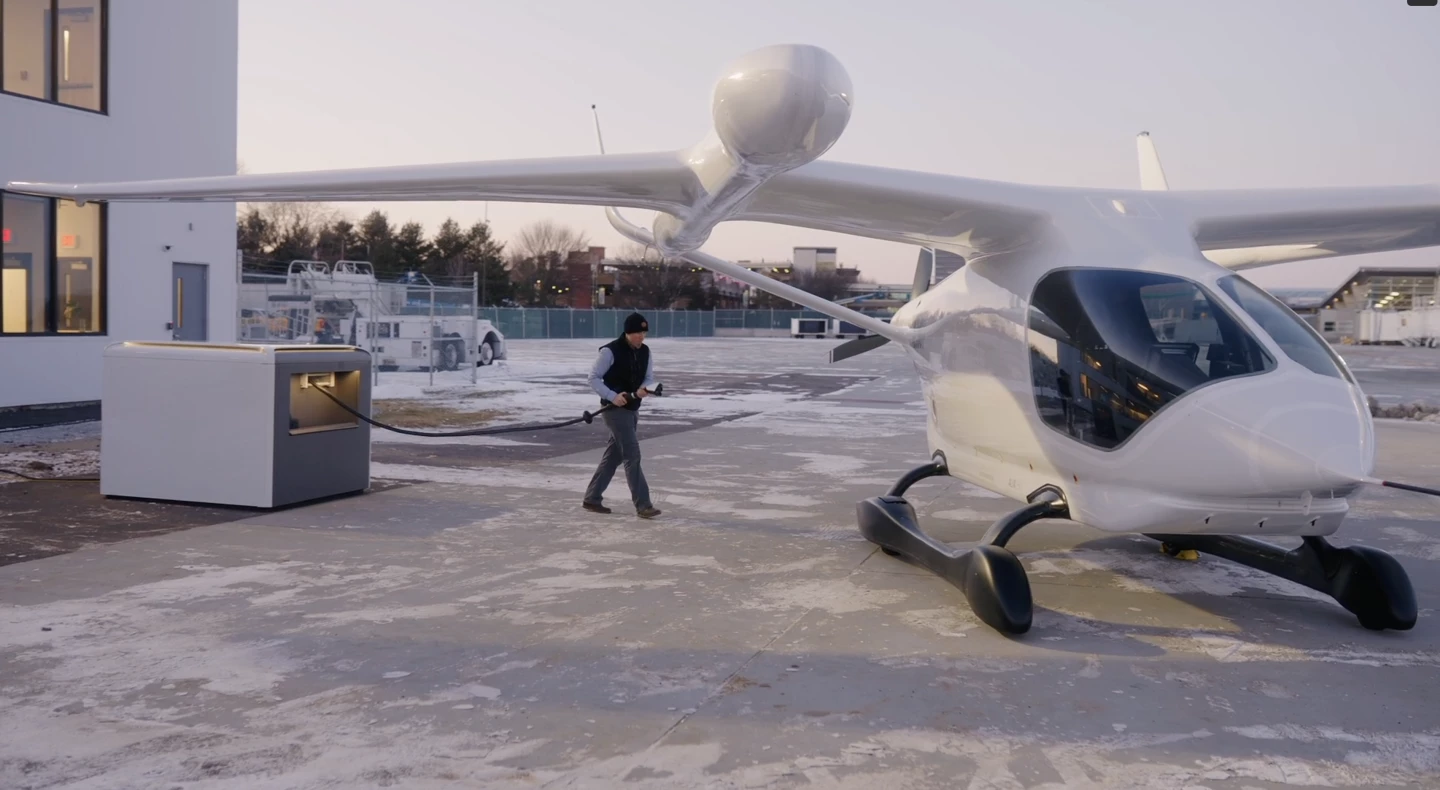Ever since its launch, we thought Vermont's Beta Technologies might prove itself the real deal in an electric vertical takeoff and landing (eVTOL) world dominated by renderings, concepts, prototypes and other "maybe somedays."
That was back in 2020, and the company has since emerged a leader in the space. Now it's taken another major step, becoming the first to perform a successful transition – from helicopter-style hovering to airplane-like cruising – with a pilot on board. And it's kindly captured the achievement on video.
A big reason Beta landed the #2 spot on the Advanced Air Mobility Reality Index (AAM RI) back in 2021 was that it had just received the very first military airworthiness approval for manned electric aircraft flight, meaning the Air Force was confident enough to put its own pilot in the seat and take flight. A few months ago, Beta delivered the Alia platform (in conventional takeoff and landing/CTOL form) to the US Air Force at Florida's Eglin Air Force Base.
Now, the company has made another big leap, completing a full transition from VTOL hover to wing-borne cruise, and then back to hovering for landing, becoming the first company ever to demonstrate that feat with a pilot on board. Beta test pilot Nate Moyer bravely took the helm at New York's Plattsburgh International Airport, guiding the Alia-250 straight upward off the ground via its four horizontal electric propellers.
Once it was high enough, the rear propeller kicked in, and as the aircraft gained enough speed for the wing to take over, the wing-top propellers slowed to a stop for a short cruise flight. Shortly thereafter, it turned around, the four propellers flipped back on, and it glided down toward the airstrip before coming to a mid-air halt and gently dropping straight down for the landing.
The transition is obviously a critical pillar of a vertical takeoff and landing aircraft's development, and Beta's test was the first of its kind, according to Aviation International News. The publication reports that while other major eVTOL players like Joby and Archer have performed unmanned remote-operated transitions and/or piloted tests, none of them has previously done a transition test with a pilot.
Joby, which like Beta is a current AAM RI leader, made news last November for a manned flight over a New York City heliport. It remained in hover mode the entire time and did not transition into airplane-style cruising.

The Alia-250 was inspired by an Arctic tern and features a 50-foot (15-m) wingspan and an in-house-built electric propulsion system powered by high-density lithium batteries. Beta estimates a 250-mile (402-km) range and top speed of 138 mph (222 km/h).
Beta aims to receive FAA type certification for the Alia-250 in 2026, a year behind Joby's current target, and it plans both five-passenger air taxi and cargo variants. It hasn't neglected the charging aspect of the equation, either, developing what it calls the Charge Cube, a modular charging system with 50-foot cable that can juice up an Alia in as little as 50 minutes at 350 kW.
Congratulations to the Beta team on a milestone moment in eVTOL history!
Source: Beta Technologies via Vertical Mag








